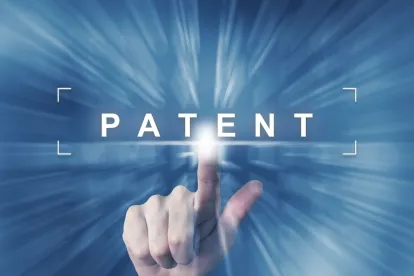Last week, the Patent Trial and Appeal Board (“PTAB”) designated a January 24, 2020 decision, finding objective indicia of nonobviousness, such as evidence of long-felt need and industry praise, saved a patent owner’s amended claims from invalidation, as precedential. This now precedential ruling provides patent owners with a useful guide for successfully asserting objective indicia of nonobviousness to save their patents from being invalidated at the PTAB.
In Lectrosonics, Inc. v. Zaxcom, Inc., Case No. IPR2018-01129, Paper 33 (PTAB Jan. 24, 2020), Lectrosonics, Inc. ( “Lectrosonics”) filed a petition requesting an inter partes review of six claims in U.S. Patent No. 7,929,902, issued to Zaxcom, Inc. ( “Zaxcom”) and relating to wirelessly recording and repairing audio data in the context of film and television production. As part of its efforts to save the patent, Zaxcom filed a contingent motion to amend its claims to expressly include the step of replacing corrupted audio data that was remotely received with locally recorded data (i.e., the feature of eliminating what’s known in the industry as audio dropouts) and further argued that both its original claims and amended claims were valid in view of objective indicia of nonobviousness—specifically, long-felt need, failure of others, and industry praise of the patented invention. To prove these objective indicia, Zaxcom submitted declarations from two experts in the film industry and evidence that Zaxcom had won an Emmy and a Technical Achievement Award from the Academy of Motion Picture Arts and Sciences for the claimed invention.
With respect to the original claims, the PTAB deemed them invalid and determined that Zaxcom’s objective indicia evidence was insufficient. Specifically, Zaxcom had “not demonstrated a nexus exists between the evidence presented and the merits of the claimed invention because the evidence [was] directed to features that [were] not required by the claims”—i.e., the Emmy and Technical Achievement Award showed industry praise for eliminating audio dropouts, which, the PTAB determined, was not required by the original claims. Slip op., at 34.
The PTAB, however, reached the opposite conclusion regarding the amended claims, holding that they are valid in light of Zaxcom’s evidence of objective indicia of nonobviousness. The key to Zaxcom’s success was its ability to connect the amended claim language to the objective indicia of nonobviousness. Specifically, the PTAB determined that Zaxcom sufficiently linked its evidence of objective indicia of nonobviousness—i.e., expert testimony and awards—to the amended claim limitation directed to eliminating audio dropouts—i.e., the replacing of corrupted audio data that was remotely received with locally recorded data. First, in “credit[ing] the testimony of [Zaxcom’s experts], who both identify repairing dropouts as a long-felt need,” the PTAB determined that Zaxcom established a long-felt need for the claimed invention. Slip Op., at 66. The PTAB then found that Zaxcom sufficiently demonstrated industry praise of the claimed invention stating that “[t]he Emmy award praises the ‘replacing’ feature recited by the proposed substitute claims.” Id., at 64. Weighed together as a whole, the PTAB concluded that “the factors of long-felt need and especially industry praise weigh heavily in favor of nonobviousness,” and thus determined the amended claims to be patentable. Id. at 72.
This decision serves as both a reminder to patent owners to always consider objective indicia of nonobviousness when defending the validity of their patent, as well as a useful guide for successfully using such evidence during a PTAB challenge. In particular, the key takeaway for successfully asserting objective indicia of nonobviousness is the importance of connecting specific language in the patent claims to the evidence of objective indicia of nonobviousness.




 />i
/>i

